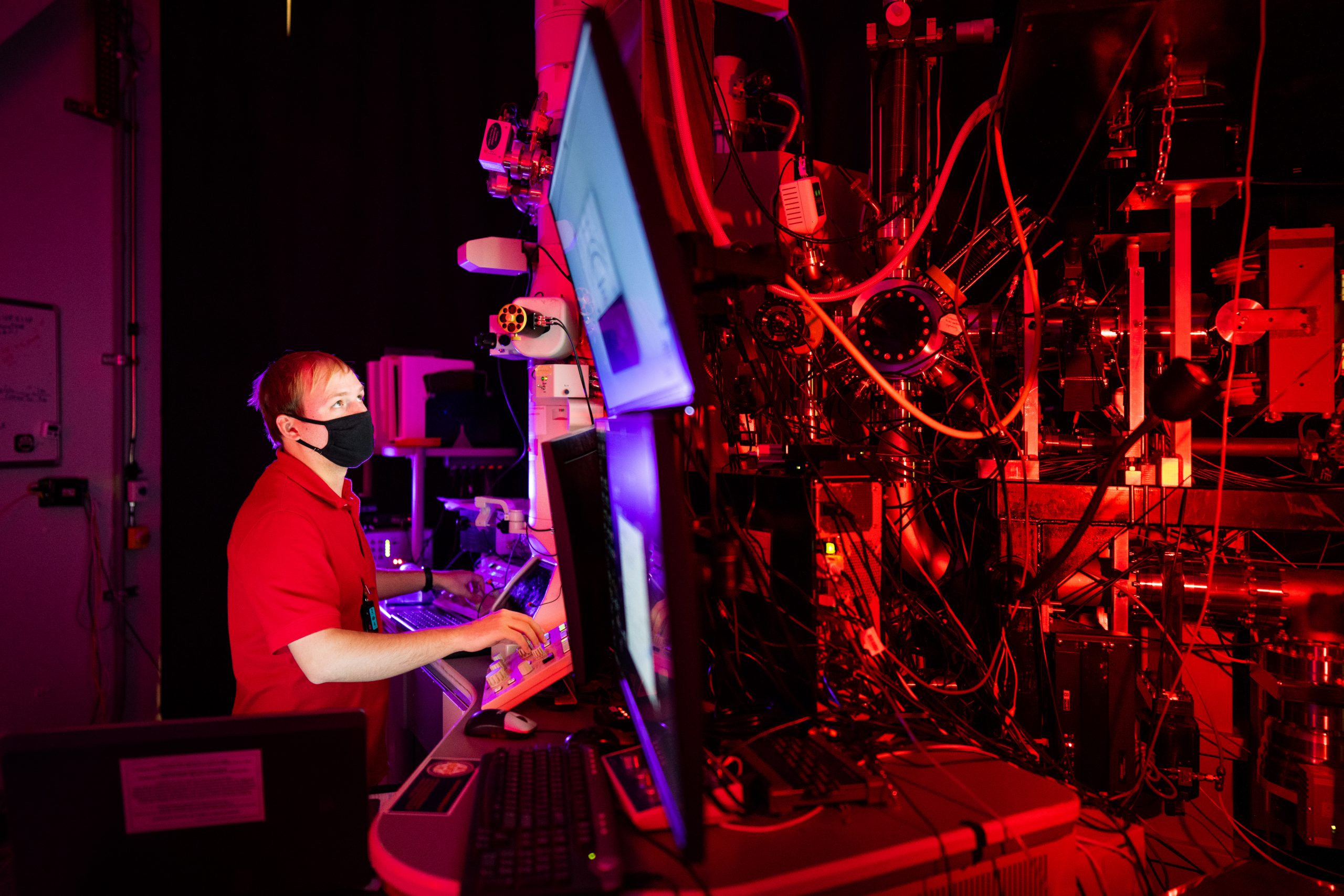Trader: “It’s Like Printin’ It”
In any society in the world where life is busy enough for lines of people to form, waiting to place an order or to receive a service, there is a universal dislike for those who jump to the front of the line without waiting for their turn. According to some, High Frequency Traders (HFTs) are doing just this: jumping to the front of the “order line.” This behavior has been likened to placing bets at a horse race in which a small group of people already know the outcome so that they win every time.
According to author Michael Lewis in his new book “Flashboys” high-frequency trading is so technically complicated that most people don’t understand it, allowing those who use it to “print” billions of dollars while raising costs for average investors. According to Lewis “if people understood what high-frequency traders were doing it would be outlawed.”
The Dawn Of Mathematical & Scientific Economics
I worked on the floor of the American Stock Exchange in 1985 and saw firsthand the bellicosity and naked greed of traders who every day put 110% of their energy into making the most money for their clients and themselves. In more than a decade in the financial services industry, it was clear to me that the playing field was at least slightly tilted in favor of “the house” and the people who represented “the house.” I’d say eight or nine out of 10 people in the industry are basically good people who try to do right by clients but the rules are not perfect and there are plenty of “gray areas” and ample room for shenanigans.
Thirty years later, the market has completely changed to the point where it is dominated by computer trading using algorithms, timed to milliseconds or thousands of a second; 70% of trading is now done by “robots.” Due to the recent availability of high-frequency trading (HFT) technology, the difference between the brain power private industry is able to hire versus that available to governments, and the typical lag of governments to “get a handle on” what is really occurring the debate on what to do about high frequency trading is just getting underway.
Subterranean Battles
Much of what occurs takes place in electronic “black boxes” engineered by highly intelligent and technically skilled people using the latest and greatest equipment and software that money can buy. These folks use artificial intelligence (AI) “bots” which execute trades in a manner that easily allows them to outdo their human competitors, especially the average investor.
One of the pioneers of “high-frequency trading” (HFT), Haim Bodek, started out at Hull Trading, which was later acquired by Goldman Sacks for $531 million, recently wrote a compilation of warnings from knowledgeable observers of HFT titled: “The Problem of HFT – Collected Writings on High Frequency Trading and Stock Market Structure Reform.”
A New Privileged Elite & Electronic Communications Networks (ECNs)
In another book on HFT “The Speed Traders” author Edgar Perez, a former McKinsey & Company consultant and chief operating officer of ULTRAHF Capital, who hosts The Speed Traders Workshop” in major financial centers around the world including London, Sao Paulo, Hong Kong, Beijing and Seoul, HFT ‘s development and its many aspects and implications are elucidated.
Related articles on IndustryTap:
- Halliburton Slashes 1,000 Jobs Due To Falling Global Oil Prices
- Neurotechnology: Understanding The Brain Using Engineering Design Principles
- Can Evolutionary Algorithms & Big Data Deliver?
References and related content:






